The first firing demonstration of the CTAS on a Warrior was in January 2002, in the ‘Xena’ turret, shown below.

The original intent was that the 40mm CTAS would be central to the Warrior Fightability and Lethality Improvement Programme (WFLIP) but in 2005, the MoD announced a competition, as they do, despite the significant investment in the CTAS since the early nineties. The competition originally specified a minimum calibre of 35mm but this was subsequently changed to 30mm to allow other guns to compete.
Competing bidders included General Dynamics with a version of their
Mk46 turret, as fitted to the proposed USMC Expeditionary Fighting Vehicle and now used in naval applications, Selex offered a Mk 44 Bushmaster in the
Oto Melara HITFIST turret, Lockheed Martin/Rheinmetall, a modification of the existing Warrior turret and CTAI/BAE, the 40mm CTAS in MTIP-2, obviously.

Additional firing trials were carried out in 2004 at Ridsdale Ranges.

France and the UK agreed on a common certification process for the 40mm CTWS in March 2006.
In April 2008, the MoD announced that the CTA International 40mm CTWS had been selected for both the Warrior and FRES Scout, although the MoD chose not to select a turret design.
General Dynamics withdrew from the competition, leaving Selex, BAE and Lockheed Martin, all but one now facing the prospect of redesigning their turrets to include the mandated 40mm CTAS. Selex withdrew later in the year, leaving Lockheed Martin and BAE to slug it out.
At the June Eurosatory show, BAE showed their self-funded MTIP 2 turret on a Warrior chassis. The MTIP 2 turret was a brand new design with a fully stabilised 40mm CTWS applique armour package that provided the same protection level as the hull.
As can be seen, the original MTIP and later BAE MTIP-2 turrets are clearly different.
By the end of 2009, after Lockheed Martin had been awarded a study contract to investigate a common Warrior/FRES turret, it became clear that there would, in fact, need two turret variants, one for Warrior, and the other optimised for the recce role.
BAE and General Dynamics promoted their respective entries for FRES SV at the beginning of 2010, BAE emphasised the benefits of a common turret, although with slight differences depending on the role.
General Dynamics offered a modification of the Austrian-Spanish Cooperative Development (ASCOD) vehicle which was in service with Spain and Austria, as the Pizarro and Ulan respectively.
BAe offered a shortened CV90, claimed to be fully developed and available in the flesh, although to what extent readiness extended under the skin was not clear. The basic vehicle was to be constructed at Hagglund in Sweden and shipped to Newcastle for final assembly and integration. This was later proven to be a political miscalculation, although using the existing CV90 production line made perfect financial sense.
Outwardly there was little to distinguish the two, both used already in service infantry fighting vehicles of nineties origin as the base platform and both were equipped with the mandated 40mm CTA cannon, a range of C4ISTAR, protection and various automotive upgrades.
BAE
announced their investment a £4.5 million in a Turret Test Rig for both Warrior and FRES programmes in February 2010.
The £4.5m Turret Test Rig (TTR) will mimic the field testing of turrets for Future Rapid Effect System (FRES) Scout and Warrior vehicles by subjecting them to tests under extremes of temperatures. The tests are expected to take a turret through a 20-year lifespan in 12-18 months.
Further development and qualification of the 40mm CTA weapon were agreed by France and the UK in February.
March 2010 saw the announcement that General Dynamics had been selected for FRES SV Recce Block 1, or more specifically, selected as preferred bidder.
General Dynamics said;
General Dynamics United Kingdom Limited has been selected by the Ministry of Defence to provide the next generation of armoured fighting vehicles to the British Army. The MoD has chosen General Dynamics’ ASCOD SV tracked vehicle as the winning design for the demonstration phase of the Specialist Vehicle competition, providing both the Scout variant and the Common Base Platform for up to 580 SV vehicles. ASCOD SV is the latest generation of a proven European design which has been significantly redesigned by General Dynamics’ UK engineering team, and will provide unparalleled military capability for the British Army over the 30 years of the vehicles’ life.
It emerged that General Dynamics would use a turret provided by Lockheed Martin, the actual design based on the Rheinmetall LANCE medium calibre turret.
With the election out of the way, the MoD and General Dynamics announced successful negotiations in June 2010 and the award of a £500 million contract for the Demonstration and Manufacture phase of FRES SV Recce Block 1.
In February/March 2010, alongside FRES, the MoD was also considering the future of the Warrior Capability Sustainment Project (WCSP), a competition between BAE and Lockheed Martin. Lockheed Martin proposed an upgrade of the existing Warrior turret and BAE, their MTIP 2 design,
In late March 2010, the MoD Investment Approvals Board recommended a year-long delay to WCSP.
At the September 2011 DSEi show, FRES SV was shown for the first time, at least, a representative prototype. It is about this point at which you stop seeing references to FRES, no longer is it FRES SV, it is just SV. FRES as a concept was dead, there was no wake, no funeral, it was just shuffled out the back door.
BAE Systems - Warrior Infantry Fighting Vehicle (IFV) Upgrade [480p]
Lockheed Martin were awarded the Warrior Capability Sustainment Programme (WCSP) contract in October 2010.
Demonstration was expected to cost £200 million and manufacture £642 million. WCSP was designed to extend the service life of Warrior to beyond 2040 by which time it would have been in service over 50 years, which kind of proves legacy platforms can be upgraded.
The upgrade includes a new turret and 40mm CTA weapon, Warrior Enhanced Electronic Architecture and Warrior Modular Protection System. The demonstration phase, at a cost of £200m, would upgrade eight section vehicles and three other variants ready for trials between 2013 and 2014. A production phase would follow that would upgrade 380 infantry fighting vehicles and other variants. Each Multi Role Brigade was to have 1 Battalion equipped with Warrior.
At this point, Lockheed Martin was still insisting an upgraded Warrior turret would be used for the WCSP vehicles.
A mock-up Scout was shown in 2012 with the new turret but basic ASCOD chassis.

By the end of 2011, Lockheed Martin had been selected by General Dynamics to provide the Scout SV turret and by the MoD to provide the WCSP turret, as part of the wider programme.
Both, with different turrets, same main gun, though.
In summer 2013 a number of Warrior announcements were made;
Procurement of Cased Telescoped Cannons (CTC) Ammunition
The Specialist Vehicle Cannon Project Team, part of the UK Ministry of Defence, intends to place a further buy of ammunition, with CTA International through an Amendment to Contract No FRES/0075, to support the demonstration phases of the Cased Telescopic Cannon which will be provided to Prime Contractors for integration into the Scout Specialist Vehicle (SV) and the Warrior Capability Sustainment Programme (WCSP).
How much?
Total final value of contract(s)
Value: 25 629 034 EUR Including VAT. VAT rate (%) 20
A representative Scout prototype was shown soon after.
The Warrior Capability Sustainment Programme was also being shown off in the middle of 2013, after completing the initial design review.
Towards the end of 2013, news emerged of problems with the Scout turret. Defense News
reported that General Dynamics had agreed to pay Lockheed Martin several million pounds in compensation for failing to keep to a timetable on requirement delivery. It also reported problems with weight growth and a delayed ISD. Defense Industry Daily has a concise summary of the Warrior upgrade programmes, click
here to read.
After a series of successful design reviews and 40mm CTA qualification in early 2014, the WCSP achieved
Initial Design Approval in January 2014. Qualification firings included the APFSDS-T and practice rounds.
General Dynamics and the MoD also released a new image of the Scout variant.

News emerged in 2014 that confirmed a decision by Lockheed Martin to abandon the Warrior turret conversion and proceed with a new turret design, this was no doubt cold comfort to BAE, who had insisted from the start that a new turret would be needed. The whole programme was ‘re-baselined’.
In 2015, the MoD finally placed a production order, although there was an
announcement in 2015 for a £75m order
The deal with the joint BAE/NEXTER company
CTA International was for £150m and will provide 515 weapons for the SV Scout and Warrior vehicles. The contract also included initial spares, test equipment, specialist tools and some training.

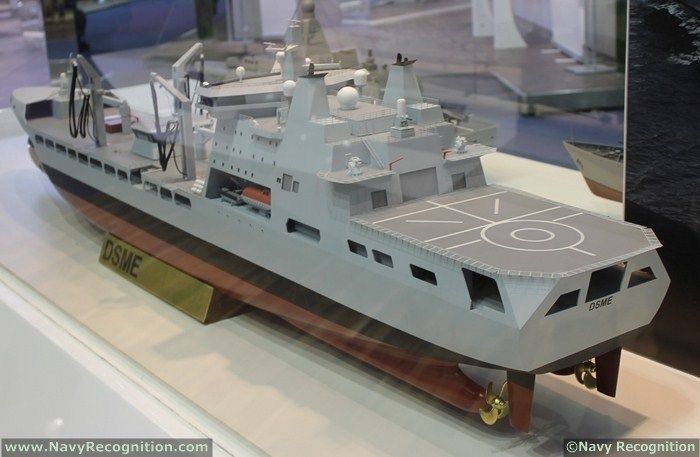

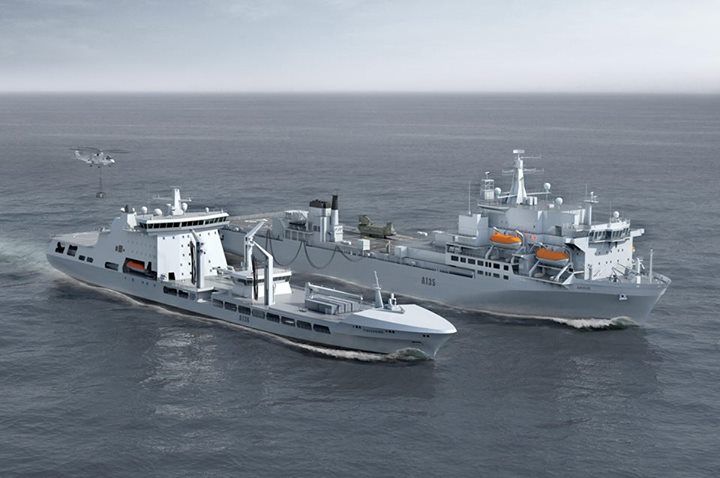














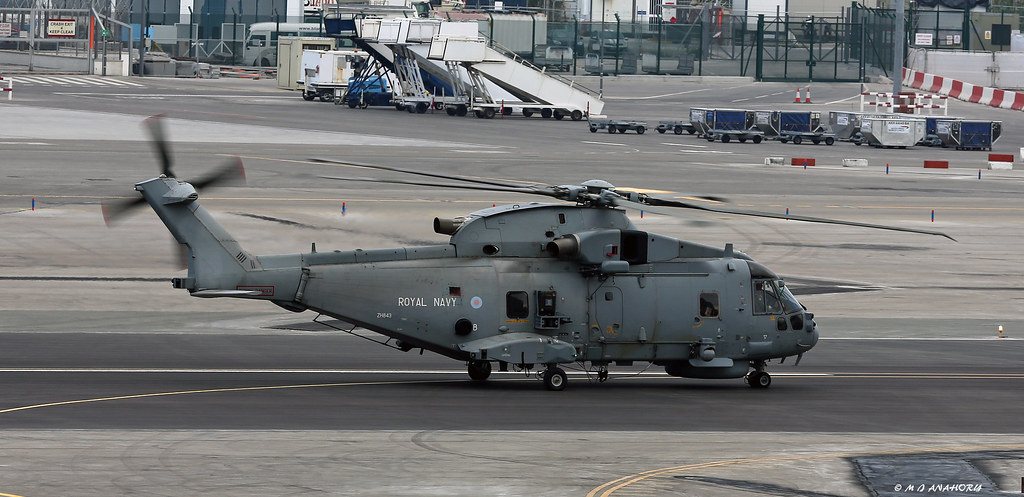




 http://chronicle.gi/2016/01/13/busy-airfield/
http://chronicle.gi/2016/01/13/busy-airfield/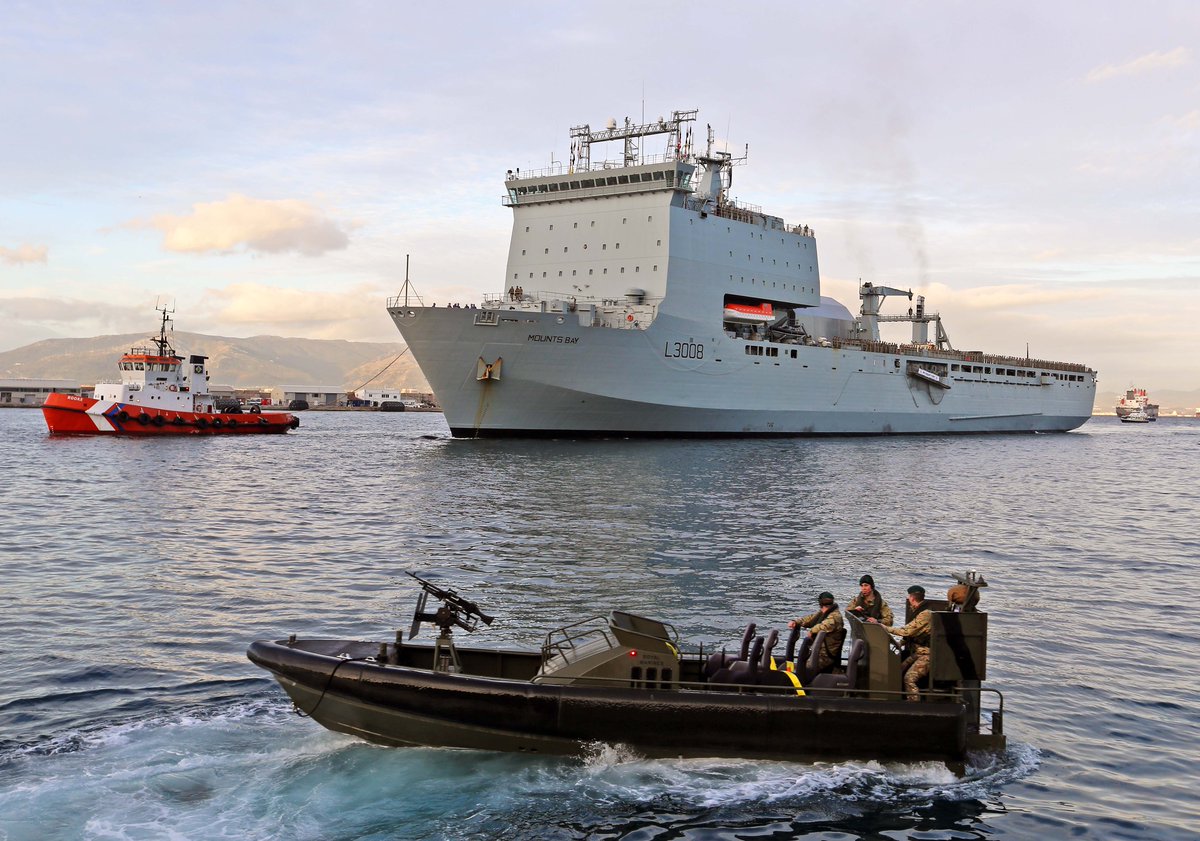

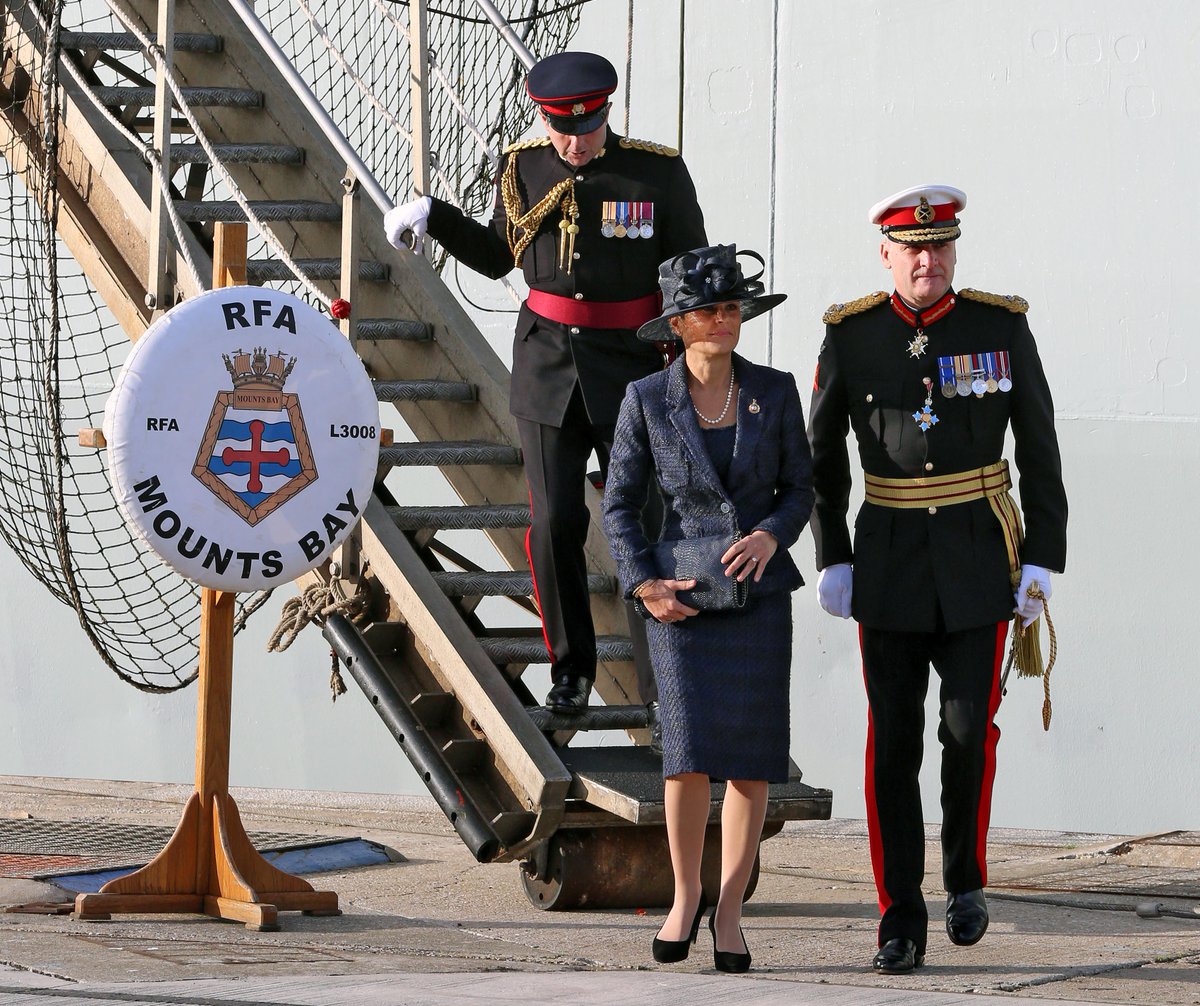












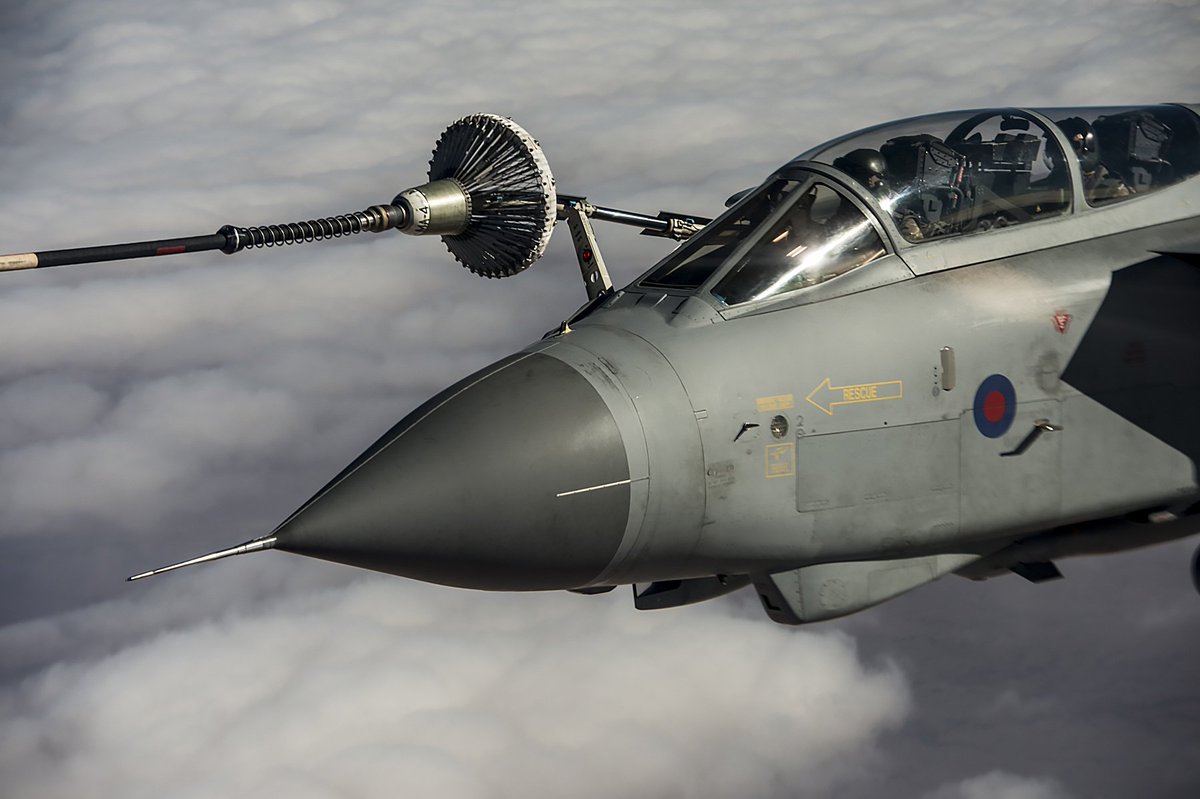




































 ], no reasoning save hopes of re-election and so no results!
], no reasoning save hopes of re-election and so no results!


